
Reciprocity: Shutter speed, aperture and ISO
Reciprocity is the relationship between the shutter and the opening of the diaphragm. This rule teaches us that increasing the opening of an F-Stop is equivalent to double the speed of the shutter.
5.6 f and 1/125 sec = 4 f and 1/250 sec
Two times more light in two times less the amount of time
The opening of the lens is measured in f-stops: the focal length divided by the diameter of the diaphragm. The smaller the f-stop number, the larger the diaphragm opening and the amount of light that reaches the sensor is more abundant.
The f-stop is defined by a number, by alternately doubling 1 and 1.4. The f-stop openings are defined as such:
f/1, f/1.4, f/2, f/2.8, f/4, f/5.6, f/8, f/11, f/16, f/22, f/32
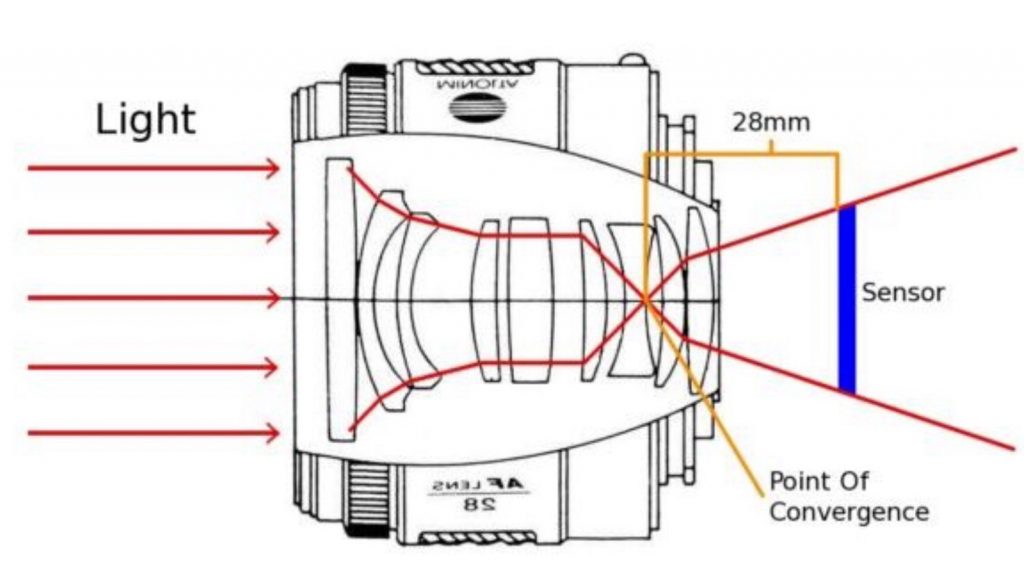
The value of f/ is defined as follows: focal length of the lens divided by the diameter of the diaphragm (variable). The higher the f/ value, the less light reaches the sensor.
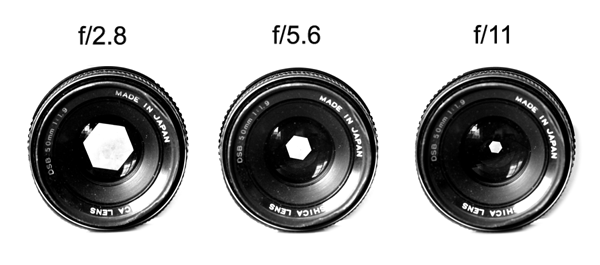
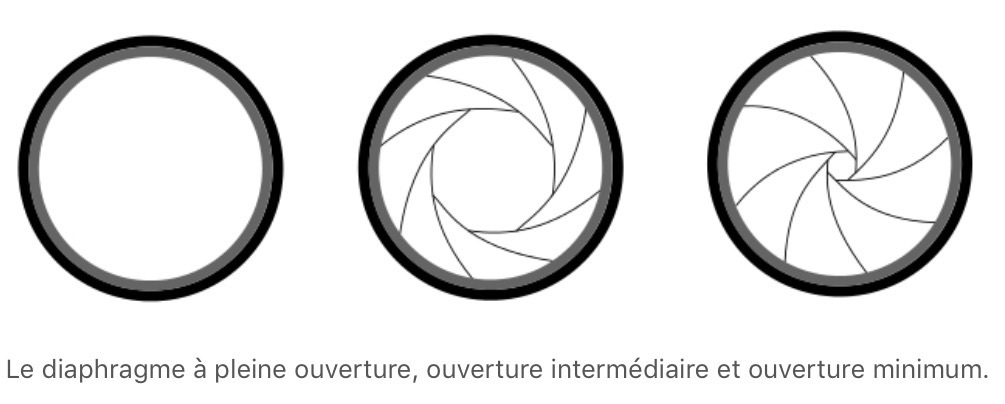
Opening of the diaphragm of a lens, a maximum opening ( F / 1.2 or greater) and a minimum opening (F / 22 or more small)
In search of the perfect exposure
With these 2 parameters, the principle of reciprocity allows the photographer to retain the same exposure and to change the opening of the diaphragm or the speed of the shutter for technical or artistic purposes.

Reciprocity: equivalence between the opening of the diaphragm and the shutter speed
A third parameter allows you to vary the conditions of exposition: the sensitivity of the sensor, defined on an ISO scale

Reciprocity: equivalence between the sensitivity of the sensor (on the ISO scale) and the speed of the shutter

Reciprocity: equivalence between the sensitivity of the sensor (on the ISO scale) and the opening of the diaphragm, expressed in f/stop
Reciprocity: concept of balance
To summarize reciprocity, the opening of the diaphragm, the shutter speed and the sensitivity of the sensor are inter-connected: doubling the opening, or doubling the speed, or doubling the sensitivity of the sensor gives a constant brightness.
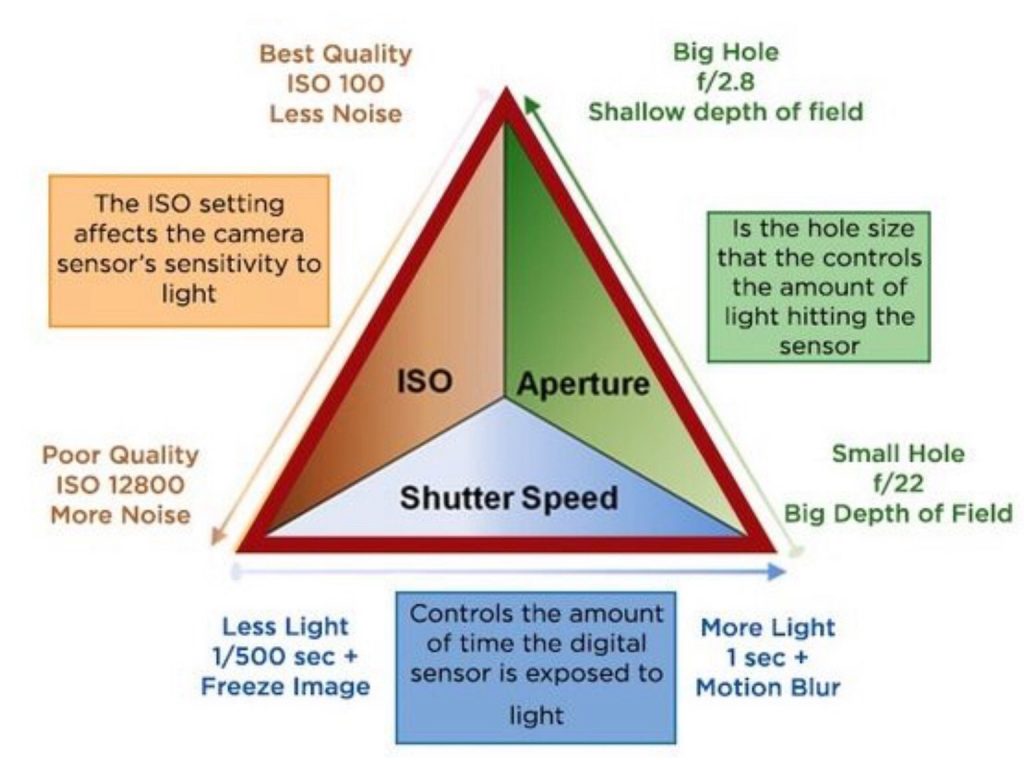
Reciprocity principle, balance between the opening of the diaphragm, the shutter speed and the sensitivity of the sensor (denoted on the ISO scale
Source: A Great Graphic for Understanding How ISO, Aperture, and Shutter Speed Work

Exposure guide: Diaphragme aperture, shutter speed and ISO
Source: Understanding Exposure – ISO, Aperture and Shutter Speed Explained


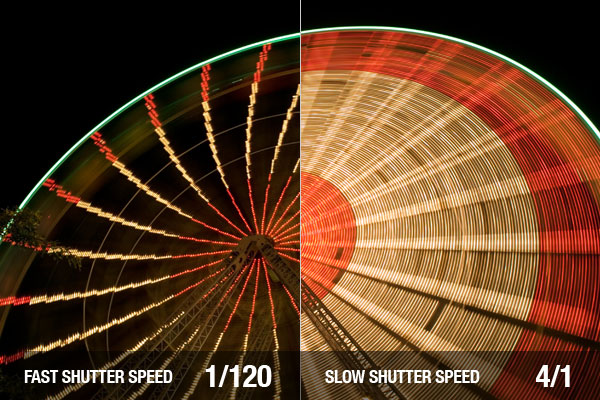
Material for discussion, photo group Anticafé
June 8, 2017
Capture of birds, immobile or during a slow movement
Capture of hummingbirds in movement, capture with shutter in quick mode



No Comments